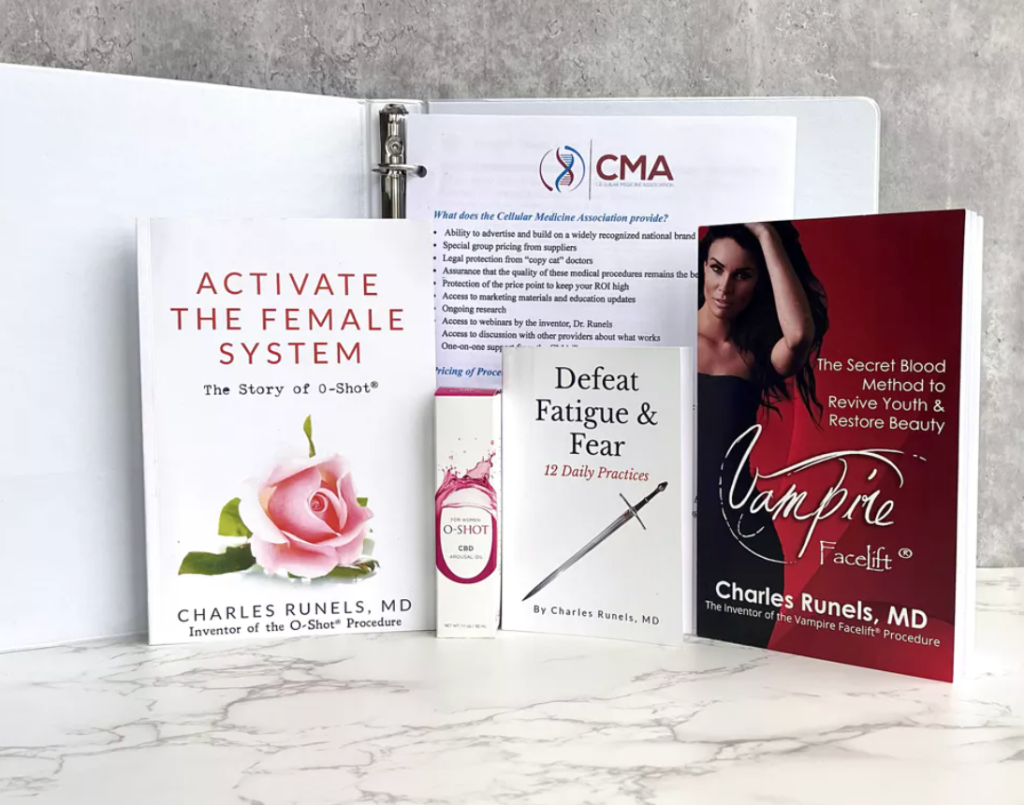Here are 5 things that helped me last week…
1. Most helpful software that I used last week…
After spending an embarrassing amount on various devices and software, I still have not found anything that works as smoothly as a pen (or pencil) and paper. One disadvantage of pen and paper is that it does not directly display on your screen when teaching or filming instructional content (either live or recorded).
IPVO visualizer software combined with a camera turns your paper into the old-school “overhead projector” your teacher may have used in the 1970s.
This is the device I have found most helpful (the cheaper versions either do not have a built-in light or the clarity is lacking):
2. Most helpful book I read last week…
When I first read William Osler’s A Way of Life (during medical school) and read where he recommended four hours a day of reading. It seemed pretty easy to come by as a student. It was not until much later, that I realized he meant all during the career of a physician.
I did not really decide to start reading that much (or more); it evolved as some of the research and writing projects came to mind. To do that much reading (which usually means a book or more per day and a stack of research papers) meant that other things needed to go.
Again, I didn’t consciously jettison the other things; they just fell away as my interest in the reading grew.
But last week, other ideas clicked together to help me clarify the process when I read The Reading Life (a collection of relative letters by C.S. Lewis) for the first time. Lewis’ schedule was to eat breakfast and then read for four hours in the morning and another two hours in the afternoon. He also read at other odd moments, but those two sessions were his daily practice.
But, here was the clicking of several ideas: he thought of reading and writing as one activity. We were taught in school to read and write, but those are two separate things. But Lewis thought of them as one.
This idea echoes the practice taught in the revolutionary book How to Take Smart Notes, modeled on the prolific writings of a German sociologist (which I discussed in previous emails).
I think Osler probably had the same idea in mind.
William Osler, CS Lewis, and Ahrens, when considered together, create an idea for how to spend a day as a healer and an investigator.
One other important tip that CS Lewis offers is that nothing interesting really happens until you give up the idea of doing something great and pursue your interests like a child, just for the fun of it, without too much consideration about what others think. This sentiment is echoed by Jack London, Riner Maria Rilke, Hemingway, and many others.
Take it in short bites at the breakfast table or before bed; hopefully, you will find this book as helpful as I did.
One way to implement the practices of Osler, Lewis, London, Rilke, and Ahrens is with my 5-Notes system…
3. Most important research I read last week…
Eisa, et al, published the following paper: Comparison of the therapeutic effect of platelet‐rich plasma and injectable platelet‐rich fibrin on testicular torsion/detorsion injury in rats. The idea of restoring testicular function (spermatogenesis and hormonal function) by using platelet-rich plasma (PRP) is a very natural extension of the other 15,000 papers on PubMed about PRP.
For over a decade now, we have been teaching about how to use the same idea to restore health to the penis using PRP (with now a stack of supporting papers). Later, we offered a procedure to use botulinum toxin to restore penis health and function. It will be interesting to see what the next decade brings.
But after working for twelve years as an emergency room doctor and knowing how common testicular torsion can be, I thought the ideas in Elisa’s paper was especially important and new.
I have injected my own testicles with PRP on several occasions. It’s really not that big of a deal and much less painful than most would guess.
Hopefully, this idea will prove to be as useful as the research suggests.
4. Most helpful thing I bought last week…
Edison lived mostly on milk. I know some cannot drink it and others think it’s not good for you. But I prefer not to spend much time eating. I will sit to eat the evening meal with family or friends, but it’s mostly juice, water, protein shakes (with fruit), or just a glass of milk during the day.
After I had read Arnold’s Education of a Body Builder, I started using plain powdered milk (not whey protein) in my shakes. I’m sure the blender has saved me many days of time since I can make something quick and nutritious and consume it all within minutes during a break–without rushing. (Jack LaLanne was also a blender fan, and meal replacements are one of the few things proven to help people lose weight and maintain weight loss).
The grocery store in my town does not sell powdered milk, but this is an excellent brand.
5. Most helpful quote pondered last week…
No man who values originality will ever be original. But try to tell the truth as you see it, try to do any bit of work as well as it can be done for the work’s sake, and what men call originality will come unsought. – C.S. Lewis
Which echoes Hemmingway’s instruction to “Write the truest sentence you can write.”
I hope you find these suggestions helpful.
Have a great week!
Charles
Charles Runels, MD
Cellular Medicine Association
1-888-920-5311
Botulinum Blastoff Courrse<–
5-Notes System
Procedure Training


Here’s my main workshops where I teach the PRP-Vampire Procedures, botulinum toxin injections, and marketing